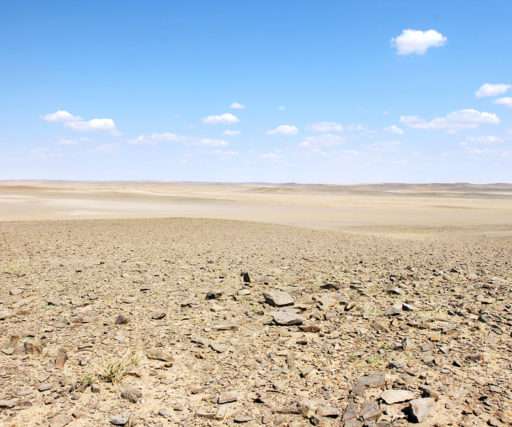The Fuss about Methane
Legal Planet
NOVEMBER 8, 2021
The issue is that total human radiative forcing includes several parts that heat and some that cool, so counting separate heating contributions like this leaving out the cooling parts gives too much heating.). Human-source atmospheric methane now adds slightly less than 1 watt per square meter (W/m 2 ) of radiative forcing, versus 1.7











Let's personalize your content